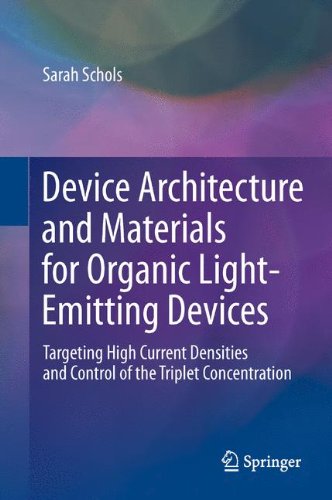

Most ebook files are in PDF format, so you can easily read them using various software such as Foxit Reader or directly on the Google Chrome browser.
Some ebook files are released by publishers in other formats such as .awz, .mobi, .epub, .fb2, etc. You may need to install specific software to read these formats on mobile/PC, such as Calibre.
Please read the tutorial at this link: https://ebookbell.com/faq
We offer FREE conversion to the popular formats you request; however, this may take some time. Therefore, right after payment, please email us, and we will try to provide the service as quickly as possible.
For some exceptional file formats or broken links (if any), please refrain from opening any disputes. Instead, email us first, and we will try to assist within a maximum of 6 hours.
EbookBell Team

0.0
0 reviewsDevice Architecture and Materials for Organic Light-Emitting Devices focuses on the design of new device and material concepts for organic light-emitting devices, thereby targeting high current densities and an improved control of the triplet concentration. A new light-emitting device architecture, the OLED with field-effect electron transport, is demonstrated. This device is a hybrid between a diode and a field-effect transistor. Compared to conventional OLEDs, the metallic cathode is displaced by one to several micrometers from the light-emitting zone, reducing optical absorption losses. The electrons injected by the cathode accumulate at an organic heterojunction and are transported to the light-emission zone by field-effect. High mobilities for charge carriers are achieved in this way, enabling a high current density and a reduced number of charge carriers in the device. Pulsed excitation experiments show that pulses down to 1 µs can be applied to this structure without affecting the light intensity, suggesting that pulsed excitation might be useful to reduce the accumulation of triplets in the device. The combination of all these properties makes the OLED with field-effect electron transport particularly interesting for waveguide devices and future electrically pumped lasers. In addition, triplet-emitter doped organic materials, as well as the use of triplet scavengers in conjugated polymers are investigated.